You know what a tragedy is – a sad or traumatic event. It’s also a genre of literature, art or performance that deals with serious and sad themes, and probably everyone dies at the end.
The word ‘tragedy’ has a bit of a tragic backstory as well. Brace yourselves…
(It’s not that bad really. I’m just building the tension.)
Don’t mention Greek plays
‘Tragedy’ comes from the Greek word ‘tragōidia’, which is a combination of ‘tragos’, meaning ‘goat’, and ‘ōidē’, meaning ‘song’ or ‘ode’. This is linked to ancient Greece (although you probably could have guessed that), where tragic plays were an important part of cultural and religious festivals. These plays often dealt with serious and weighty themes, and were accompanied by a chorus of people who sang and danced (seriously and weightily, presumably).
So that gives us the song/ode bit – but what about the goat? Well, those ancient Greekies often sacrificed a goat or two during these performances to honour the god Dionysus, who was associated with theatre (also, wine and fertility). I hope they waited till the interval so they didn’t put the actors off.
That was all a bit depressing, wasn’t it? Sorry about that. Here’s some Steps to cheer you up. Good luck not doing the dance.




